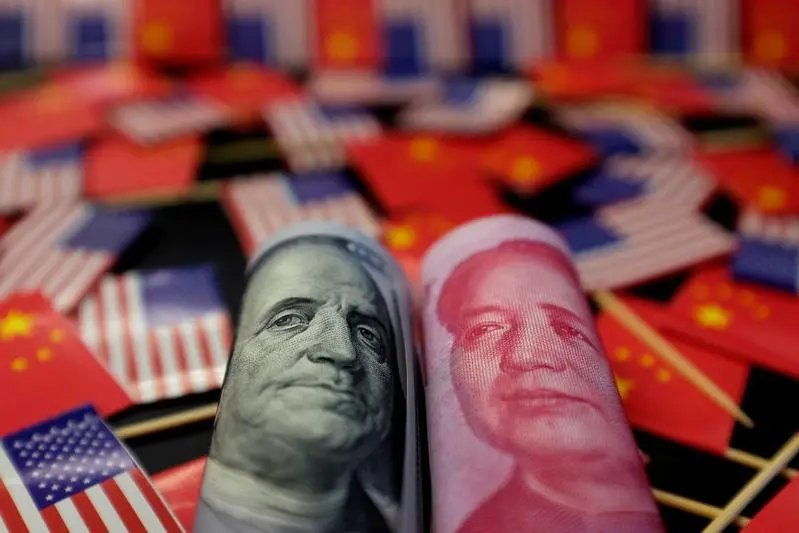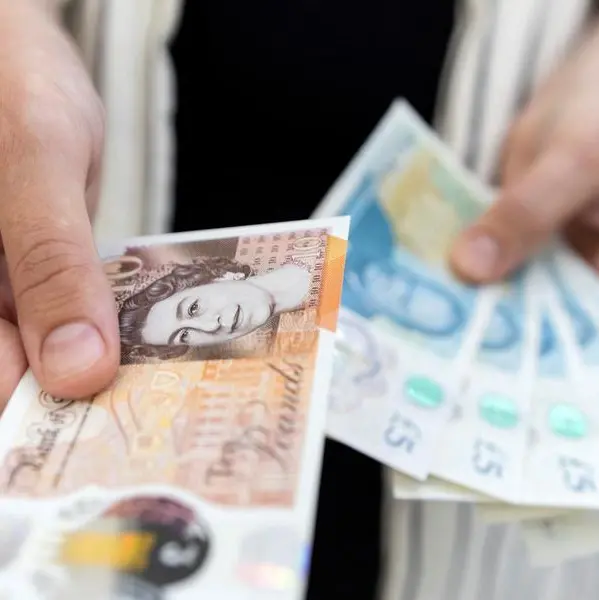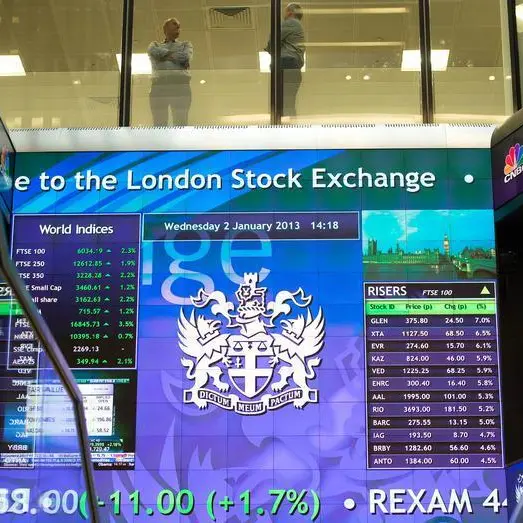PHOTO
HONG KONG - U.S. President Donald Trump has handed China the perfect excuse to let its currency slide. Beijing has long defended the threshold of 7 to the dollar; on Monday, the yuan finally punched through. The slump to its weakest level since 2008 marks an escalation in the trade war with Washington. It’s also an overdue adjustment to economic reality.
American politicians are fond of chastising China for keeping its exchange rate weak to make exports more competitive. In the last decade, though, bouts of yuan weakness have been more hindrance than help. There was a mini-slump in 2010 during the Greek debt crisis, and then a long, slow implosion that lasted from 2014 to 2016. Both prompted rounds of capital flight that distorted trade and drained liquidity, making it harder for monetary policy to support investment in the real economy.
In reaction, Beijing officials propped up the currency using a mixture of capital controls and purchases by state-run banks. This both discouraged outflows and also contradicted U.S. allegations of suppression. But President Donald Trump’s threat to impose 10% tariffs on $300 billion of Chinese goods by September has removed one of the last diplomatic reasons to keep pretending.
Depreciation pads the impact of trade duties, but it is also the beginning of a rebalancing, allowing the market to reprice the exchange rate. The yuan has remained relatively flat since May, but economic indicators steadily worsened during the period. Manufacturing activity contracted in June and July; both exports and imports fell in June. The benchmark CSI300 index is down over 10% from a peak in April. That may prompt an interest rate cut, adding to pressure on the yuan.
Some officials will worry that crossing this psychological line may lead to a panicked flight out of domestic assets. Beijing had to spend $1 trillion from foreign exchange reserves to defend the currency during the 2015 crash. Yet countermeasures enacted then to slow capital flight remain in place. A slide of 10% or so may even attract foreign bargain hunters to mainland equities and bonds, which would help put a floor under any currency collapse.
China has thumbed its nose at Trump by unleashing market forces. For policymakers, this diplomatic cloud has produced one silver lining.
CONTEXT NEWS
- China's yuan slumped past 7 to the U.S. dollar on Aug. 5, a line state-owned banks had previously defended, touching its weakest level since 2008.
- The People’s Bank of China, in a statement on its website, attributed the move to the impact of “unilateralism, protectionism and tariffs”.
- Official data showed China's exports in June fell 1.3% from a year earlier in dollar terms, while imports plunged 7.3%.
- The country's hard currency reserves rose to $3.1 trillion the same month.
(Editing by Clara Ferreira Marques and Katrina Hamlin) ((pete.sweeney@thomsonreuters.com; Reuters Messaging: pete.sweeney.thomsonreuters.com@reuters.net))












